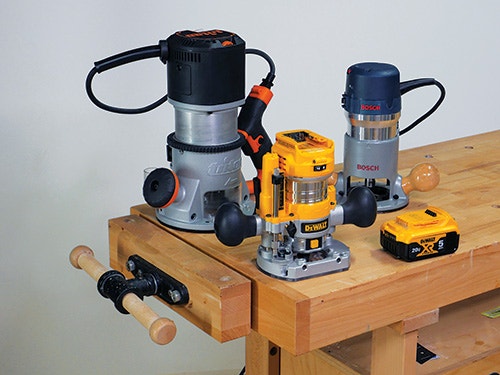Understanding Router Basics
At its most basic level, a router is simply a motor with a cutting bit attached to it, installed in a base for controlling it by hand. The motor spins the bit at extremely high speeds. This is our modern handheld router in a nutshell.
That basic combination of motor, base and bit provides one of the most versatile and productive portable power tools in our woodshops. Routers are made in myriad sizes and confi gurations, some with fancy electronics and other just a bare-bones tool with an On/Off switch.
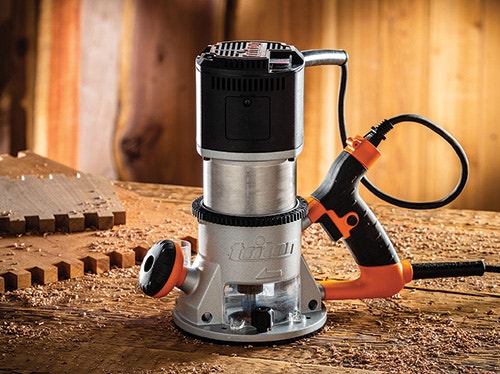
There are more industrial versions of the router concept. As a young man in my dad's shop, we produced "Fish & Fillet Boards" using a 20hp overhead router. These days, huge CNC routers power major manufacturing in a host of industries. But this article is about the tools we find in hobbyist shops, whether being used by hand or under a router table.
What They Do
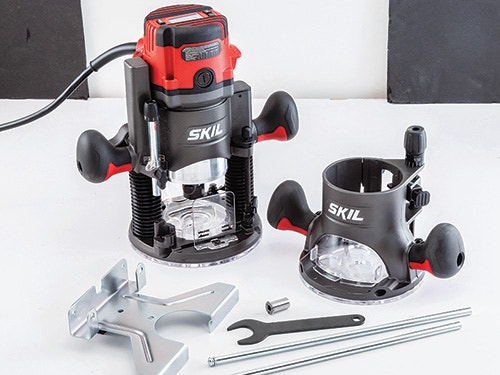
With a router you can plow dadoes, grooves and rabbets. Other joints include box, dovetail, miter lock, mortise-and-tenon and more. They can form moldings and decorative edge shapes. Routers have become the go-to machine for creating rail-and-stile joints and raised panels for cabinet doors.
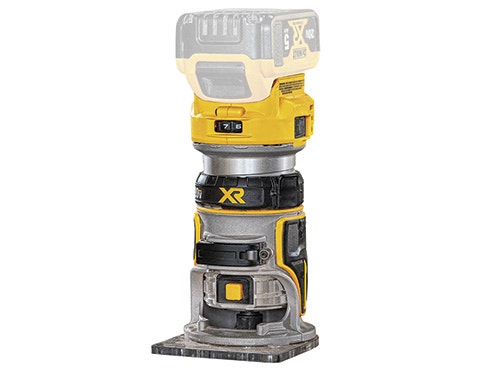
They can straighten edges much like a jointer, bore holes, duplicate part shapes and even surface lumber or slabs flat. It may be easier to mention what they do not do. (A reader once tried mounting an egg beater in his trim router to whip cream ... that was a BAD idea!)
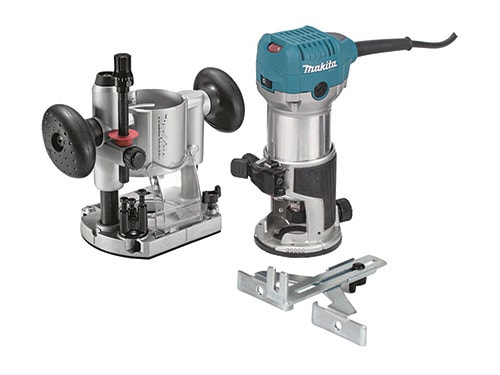
Routers perform so many functions in part, thanks to a plethora of router bits. But we will save an in-depth discussion of those cutters for another day.
Next Generation CNC
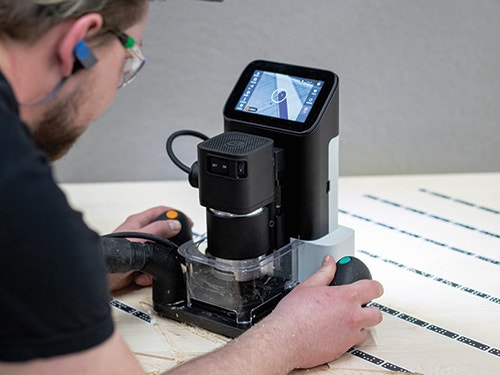
The handheld Shaper Origin represents the latest in CNC router technology. Key to its functionality is its guidance programming. Every router needs to be directed or guided in some fashion to be useful. The Shaper Origin utilizes, for lack of a better term, a kind of GPS system to guide the bit. Its onboard computer orients itself using domino-looking patterns on a special tape applied to the work surface. Programing allows the operator to place the intended shape or pattern to be routed on a virtual surface, and then the Shaper machine helps to guide the cutter, with the operator pushing the tool while following a cutting path on screen.
Direction Needed

True for every form of router is the fact that they must be guided accurately. Fortunately, woodworkers have come up with an amazing array of fences, rub collars, guide bearings, jigs and fixtures to keep those spinning bits cutting where we want them to cut.

Plowing a groove is easily done using a straightedge, but it's just as easy to do using a router table configured with a fence. Choosing which option is up to the woodworker, based on the needs of the application and the tooling options at hand.

Guide bearings mounted on "piloted" router bits are another means of accurately controlling a cut. The bearing typically rolls along the edge of a workpiece to limit the cut. Router bits with guide bearings can be used in a handheld router or in a router table setup.

Bearing-guided router bits come in a wide range of offerings, from pattern and flush-trim styles to rabbeting bits, roundovers, ogees, chamfers and many other decorative shapes.
Often, methods of guiding the bits are combined, using bearing-guided bits in tandem with a router table fence, for example.
Keep the inspiration coming!
Subscribe to our newsletter for more woodworking tips and tricks
